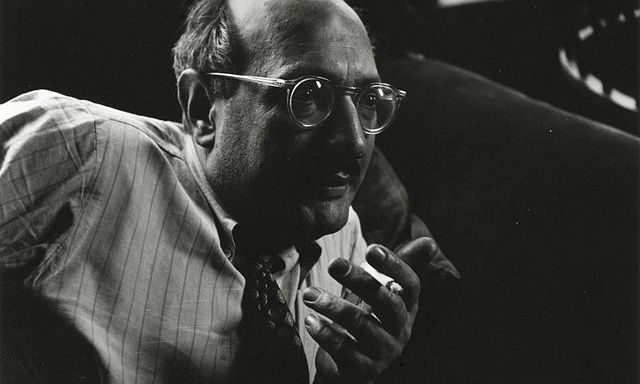Mark Rothko Wikipedia Commons
In 2006, the Manhattan gallery Edward Tyler Nahem Fine Art (ETN) sold a painting by Abstract Expressionism stalwart Mark Rothko for $5.4m. Now, the Brussels-based Galerie Jacques de la Béraudiere (GJB) is trying to sell the same painting, but is being stopped at every turn because ETN refuses to reveal who owned the painting when they sold it 16 years ago, which makes the provenance incomplete.
According to the the Belgian gallery’s lawsuit, filed in New York’s southern district court by the Manhattan lawyer David J. Hoffman, “forgery scandals have undermined confidence in formerly trusted experts and gallerists” and it is well known that the “art market [is] a potential haven for money laundering”. As a result, practices that were “tolerated just a few years ago are no longer viable”.
The art world is moving toward transparency, albeit at a glacial pace. Recent anti-money laundering regulations changing the landscape of the art market in the US, the UK and Europe have pushed for increased clarity in the often-veiled and indecipherable art market.
According to the complaint, GJB has tried to sell the work at high-profile auction houses, including Christie’s and Sotheby’s, but has been denied at every turn because the provenance lists one owner, who sold the work through Edward Tyler Nahem Fine Art in 2006, as “Private collection, California”.
While ETN claims to be adhering a confidentiality agreement that prevents the gallery from revealing the previous owner, legal precedent could weigh against them. In 2014 a judge ruled against the collector Marguerite Hoffman, who in 2007 sold a Rothko that had been on view at the Dallas Museum of Art, and tried to keep her name confidential when the buyers put the work up for sale at Sotheby’s a few years later.
A source familiar with this new Rothko case told The Art Newspaper that attempts have been made to defuse the situation while keeping the California collector’s name secret. If ETN would let a potential buyer or auction house know the California collector’s identity, that identity could still be kept from the public. But ETN has so far held its ground.
Anonymous owners have not always hampered the sale of a blue-chip work of art, especially when it comes to Rothko. In 2020 Christie’s moved an untitled piece by the artist from 1967, with multiple unnamed owners listed in its provenance, for $31.2m. On the other hand, provenance is one of the best ways to tell whether a work is legitimate, as evidenced by the Knoedler scandal—which exposed a number of “Rothko” works as fakes.
A lawyer for Edward Tyler Nahem Fine Art did not respond to request for comment about this case.

